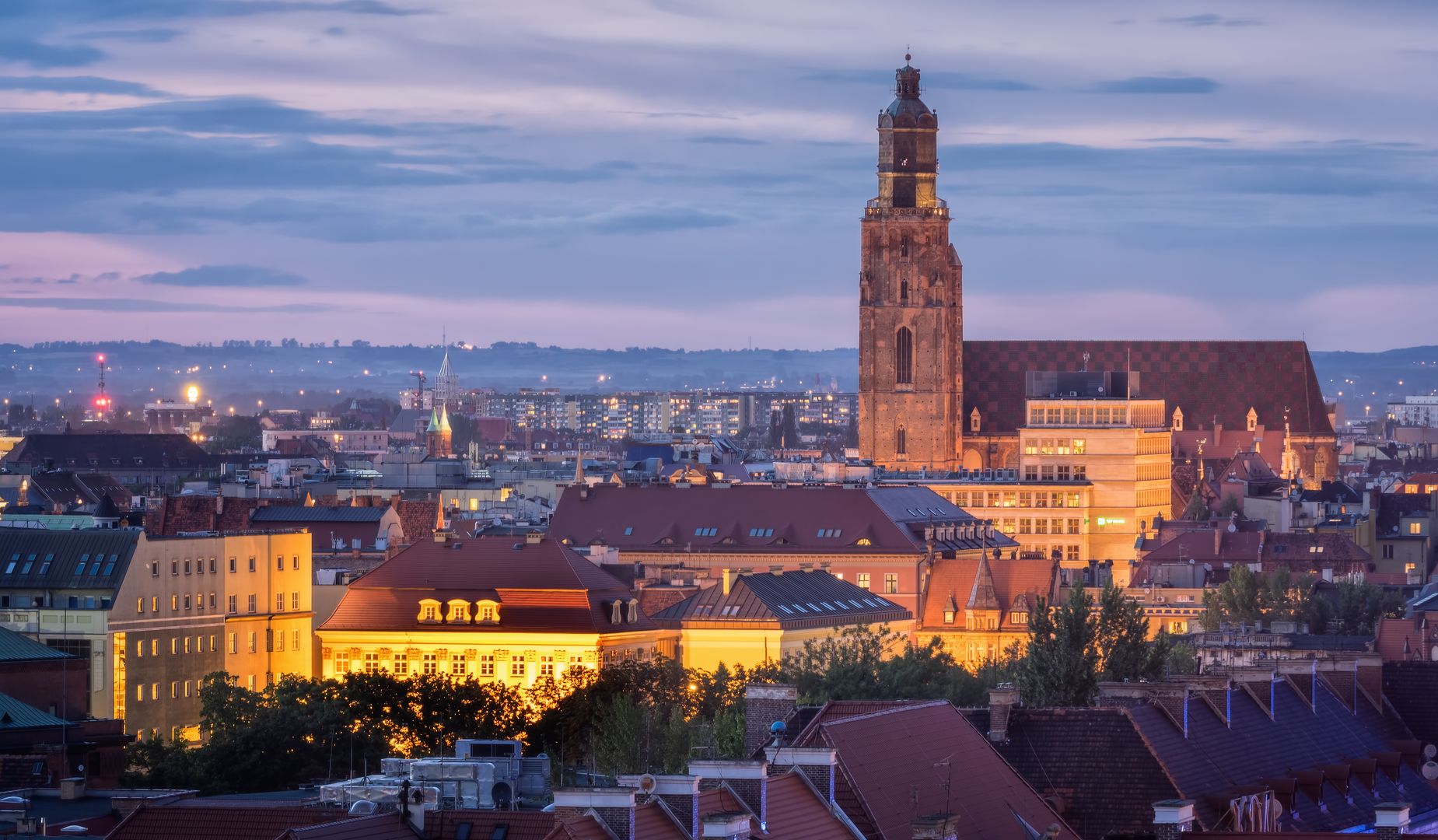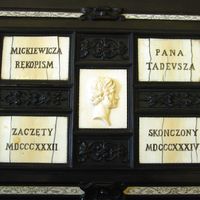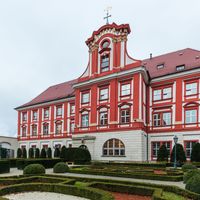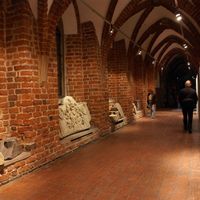Old Town
6.56

Overview
Stare Miasto (Old Town) is a former self-governing administrative district of Wrocław, established on February 12, 1952, and transformed in 1990 when its functions were taken over by the Municipal Office of the Wrocław Commune. The name is now used primarily for statistical purposes and in government administration. The area of the former district covers 6.8 km², and according to data from the Central Statistical Office (GUS) at the end of December 2019, it is inhabited by 46,372 people. The boundaries of the district are marked by the right bank of the Oder River, the former course of the Oława River, the eastern section of the City Moat, Dworcowa Street, and the railway line from the Main Station towards Poznań. Stare Miasto includes neighborhoods such as Stare Miasto (including the historic Nowe Miasto), Przedmieście Świdnickie, and Szczepin. The area is characterized by diverse architecture, where one can find both historic buildings and modernist residential blocks from the 1960s and 1970s, particularly prominent in Szczepin, which is the most populous neighborhood in this district, despite its northern part remaining undeveloped. Wrocław, known for its rich cultural heritage, combines elements of various architectural styles, making it an interesting destination for history and architecture enthusiasts. Stare Miasto reflects the turbulent history of the city, which over the centuries has witnessed many important events. It is a fact that the suburbs and neighborhoods of Wrocław continue to develop, with architecture blending tradition and modernity, creating a unique urban landscape.
Location
Tickets
Powered by GetYourGuide
You can also find here:

The Racławice Panorama
8.14
Old Town, Wrocław

Contemporary Museum Wrocław
8.11
Szczepin, Wrocław

National Museum in Wrocław
7.91
Old Town, Wrocław

Archaeological Museum in Wrocław
7.19
Old Town, Wrocław

Museum of Military in Wrocław
7.19
Old Town, Wrocław

Municipal Arsenal in Wrocław
7.06
Old Town, Wrocław

Historical Museum in Wrocław
7
Old Town, Wrocław

"Pan Tadeusz" Museum
6.98
Old Town, Wrocław

Ossolineum
6.96
Old Town, Wrocław

Museum of Architecture in Wrocław
6.91
Old Town, Wrocław
2025 Wizytor | All Rights Reserved